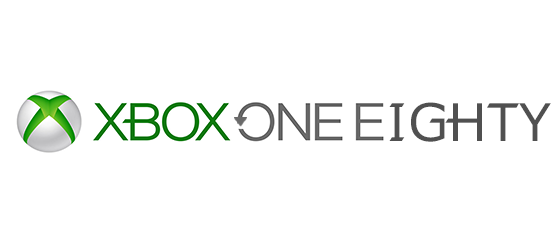“Better with Kinect,” eh?
The video game industry makes use of the Internet more than any other entertainment medium, yet companies such as Microsoft continue to appear strangely oblivious to the fact that the swiftness in the distribution of information means that we know whether or not they’re bullshitting us faster than ever before. Yet they continue to bullshit us, which begs the simple question: Why?











